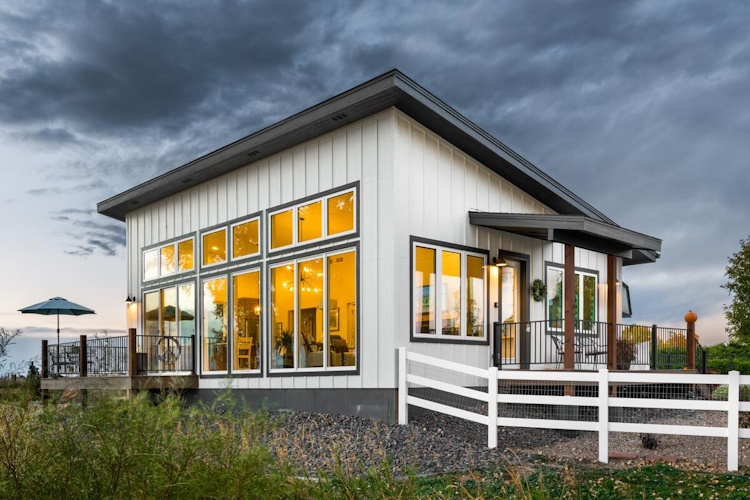
ADU Santa Monica
Building an ADU: A Sustainable Choice for a Greener Future
Building an ADU: A Sustainable Choice for a Greener Future
In an era where environmental consciousness and sustainability are paramount, every decision we make regarding our homes and living spaces carries significant weight. Accessory Dwelling Units (ADUs) have emerged as a sustainable housing solution that not only offers numerous benefits to homeowners but also contributes positively to our planet. Let's explore why building an ADU is an environmentally responsible choice.
1. Efficient Use of Space:
One of the fundamental principles of sustainability is optimizing resource usage. ADUs make efficient use of existing space, whether by converting a basement, garage, or attic, or by adding a detached structure in your backyard. This minimizes the need for additional land development, preserving green spaces and reducing urban sprawl.
2. Reduced Energy Consumption:
Many ADUs are designed with energy efficiency in mind. Incorporating eco-friendly features such as energy-efficient windows, insulation, and heating and cooling systems can significantly reduce energy consumption and lower utility bills. This not only benefits homeowners but also contributes to a reduced carbon footprint.
3. Sustainable Materials:
Builders of ADUs often prioritize sustainable construction materials. Using eco-friendly, renewable, and recycled materials reduces the environmental impact of the construction process. These materials are not only durable but also contribute to a healthier living environment.
4. Reduced Commute and Transportation:
ADUs can serve as a solution to urban sprawl by allowing homeowners to live closer to work or amenities. This reduces the need for long commutes, resulting in lower fuel consumption and fewer emissions. It also contributes to reduced traffic congestion and improved air quality in communities.
5. Preservation of Green Spaces:
By utilizing existing space on your property for an ADU, you help preserve green spaces in your community. This can have a positive impact on local ecosystems, wildlife habitats, and overall biodiversity.
6. Water Efficiency:
Sustainable ADU designs often incorporate water-efficient fixtures and landscaping. Low-flow toilets, drought-resistant plants, and rainwater harvesting systems can significantly reduce water consumption and promote responsible water usage.
7. Reduced Overcrowding:
ADUs can alleviate housing shortages in urban areas by providing additional housing options. This can reduce overcrowding in existing homes and help prevent the development of new, resource-intensive housing projects.
8. Sustainable Living Practices:
Living in an ADU encourages sustainable practices, such as downsizing and minimizing resource consumption. Smaller living spaces often lead to more conscious and eco-friendly lifestyles.
Conclusion: A Brighter, Greener Future
Building an ADU isn't just about adding extra space to your property; it's about making a conscious choice to contribute positively to the environment. ADUs embrace sustainable living practices, reduce energy consumption, and minimize the environmental footprint associated with new construction. By choosing to build an ADU, homeowners can play an active role in building a greener, more sustainable future for themselves and future generations. It's a decision that benefits not only homeowners but also the planet we call home.